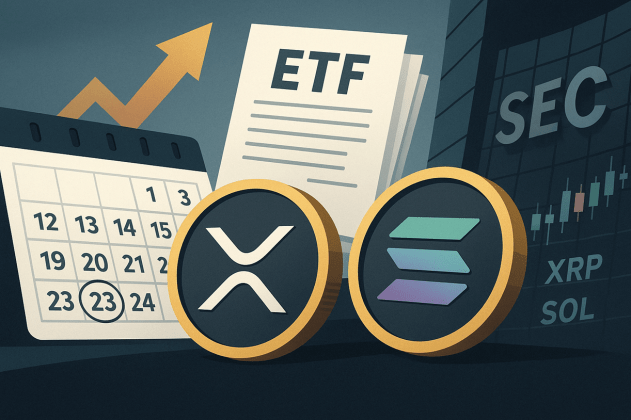2023 was a tumultuous year for the world of digital assets, marked by fluctuating regulations, criminal activities, and significant thefts. However, despite these challenges, the total market capitalization for digital assets reached a staggering $1.4+ Trillions, a testament to the growing interest and potential of this industry.
Amidst this growth, however, lies a concerning reality: smart contract vulnerabilities have become a pervasive threat to the security of digital assets. These self-execulating digital pacts, responsible for handling large-scale financial dealings, have become a prime target for hackers, leading to a series of high-profile exploits in 2023.
The Limitations of Smart Contracts Audits
In response to these vulnerabilities, the industry has turned to smart contract audits, a process where independent reviewers scrutinize the code for potential flaws, security loopholes, and efficiency issues. The findings of these audits are then presented in public reports, allowing companies to address any identified vulnerabilities and bolster their security.
However, despite the intention of these audits, they fall short in several critical aspects:
- Lack of Standardized Verification: There are no universally adopted standards for smart contract audits, resulting in inconsistencies in the quality and scope of reviews.
- Inability to Detect All Flaws: No auditing process can fully ensure the absence of vulnerabilities, leaving room for novel exploits to remain undetected.
Examples of Smart Contracts Hacks in 2023
The impact of these vulnerabilities has been felt across the industry, with several high-profile exploits resulting in significant financial loss:
- LendHUB: In January 2023, a $6 million attack exploited a version mismatch in the smart contract, allowing attackers to profit from a price difference.
- BonqDAo: In February 2023, a $120 million attack allowed hackers to manipulate the ‘update price’ function, leading to a devaluation and liquidation of the ALBT token.
- Euler: In March 2023, a $197 million attack exploited a smart contract loophole, allowing an attacker to deposit and then immediately re-borrow the same funds, resulting in a massive loss.
Addressing the Shortcomings of Audits
The aforementioned examples underscore the need for more effective security measures beyond traditional audits. These additional steps can be taken at the transaction level, adding more scrutiny and safeguards to prevent unauthorized or fraudulent activities.
The Promise of Technology in Smart Contracts Security
While the industry eagerly awaits the day when advanced technology can play a more significant role in smart contract security, there are immediate steps that can be taken to address the current vulnerabilities. By building in more stringent controls and leveraging the latest technologies, we can work towards a future where smart contract security is a given, not an aspiration.
Conclusion
The rise of digital assets has brought forth both opportunities and challenges, with smart contract vulnerabilities being a significant concern. However, by embracing a proactive approach to security, leveraging technology, and fostering a culture of vigilance, we can secure the future of smart contract-based financial systems and protect the interests of users and innovators.







